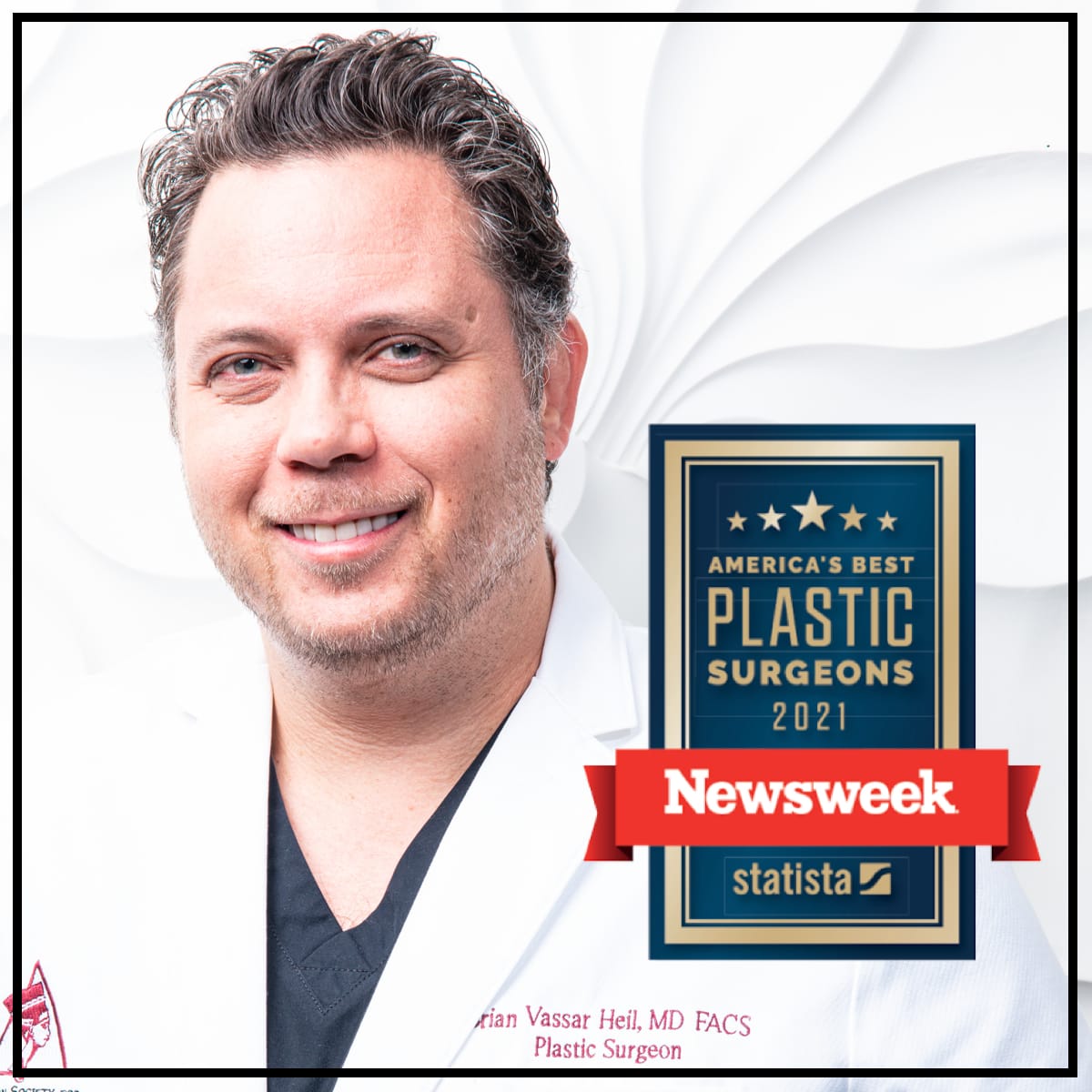What’s the Difference Between Cosmetic and Plastic Surgery?
With the growing popularity of cosmetic treatments, it is normal for patients to wonder how cosmetic surgery differs from plastic surgery. It is common knowledge that plastic surgeons are trained in a wide array of procedures that restore both function and a positive aesthetic to the body. Cosmetic surgery, on the other hand, focuses entirely on aesthetic procedures. What makes things confusing is that plastic surgeons usually offer cosmetic procedures in addition to plastic surgery.
Understanding the difference between these two types of plastic surgeons can help patients make better-informed decisions when choosing a surgeon for their procedure.
What is cosmetic surgery?
Cosmetic surgery can be defined as surgical treatments that aim to enhance a patient’s appearance by reshaping the contours of the face or body, changing certain features, or correcting asymmetry.
Cosmetic procedures are defined as elective, meaning that they are not necessary for proper function and feeling in the body but are rather chosen by the patients to correct a perceived cosmetic imperfection. Cosmetic surgeons go through years of training in aesthetic theory. While all surgeons receive training in basic surgical training during their residency, cosmetic surgery is a specialty that is usually learned through in-depth experience post-residency.
What is plastic surgery?
The term plastic surgery casts a wider net, as it includes both cosmetic and reconstructive surgical procedures. Reconstructive procedures are carried out in order to restore function to the body following an injury, illness, or congenital problem. The training residencies for plastic surgery involve various plastic and reconstructive surgeries. These residencies also cover various cosmetic procedures and principles, giving surgeons a well-rounded knowledge in regard to surgical techniques. This training is usually received during medical residency.
The differences between cosmetic and plastic surgery
Many of the same techniques and tools are used in both forms of surgery
Cosmetic and plastic surgery procedures employ similar tools and techniques, albeit to complete different functions. Cosmetic breast augmentation and breast reconstruction after cancer, for example, share many similarities.
Plastic or reconstructive surgery is usually covered by insurance policies, but cosmetic procedures are not.
While reconstructive plastic surgery is often considered to be a medical necessity, cosmetic surgery is usually elective. This simply means that the procedure has no impact on the patient’s physical well-being but is rather chosen by the patient as a means of addressing a cosmetic issue.
Plastic and cosmetic surgeons hold different types of certifications
Training in both plastic and reconstructive surgery is most often attained during a medical residency. Surgeons must provide records of their clinical experience in order to be certified.
Board certification in plastic surgery requires the following steps:
- Medical school
- Evidence of residency training in plastic and reconstructive surgery
In order to become a board-certified cosmetic surgeon, years of surgical training and extensive, proven experience with cosmetic surgery are required.
Cosmetic surgeons typically specialize in aesthetic procedures, while plastic surgeons tend to study various types of surgery
Board-certified cosmetic surgeons usually receive training in a 1-2 year post-residency fellowship that focuses entirely on cosmetic procedures. In other cases, they may demonstrate their ability through their practice experience. Before they can even take the board exam, surgeons have to carry out a certain amount of common cosmetic procedures in order to prove that they are specialists in the field.
The medical residency for plastic surgery usually features reconstructive procedures that aim to restore function and aesthetic appeal after injury, illness, or a congenital disorder. While cosmetic procedures are gone over throughout this residency, they are not the primary focus. There are 12 different categories of procedures that are featured in the training requirements to become board-certified by the American Board of Plastic Surgery (ABPS), and aesthetic procedures comprise only one of them. While plastic surgeons have the option to pursue other fellowships to specialize in aesthetic treatments, no further training is needed to be board certified.
What is the takeaway?
Both cosmetic and plastic surgeons have to go through a gauntlet in order to receive their credentials. While the procedures they focus on may vary to a degree, both cosmetic and plastic surgeons possess a great deal of skill that can change people’s lives. Understanding the difference between them can help patients choose a practitioner that has the right skill set to meet their specific needs.






